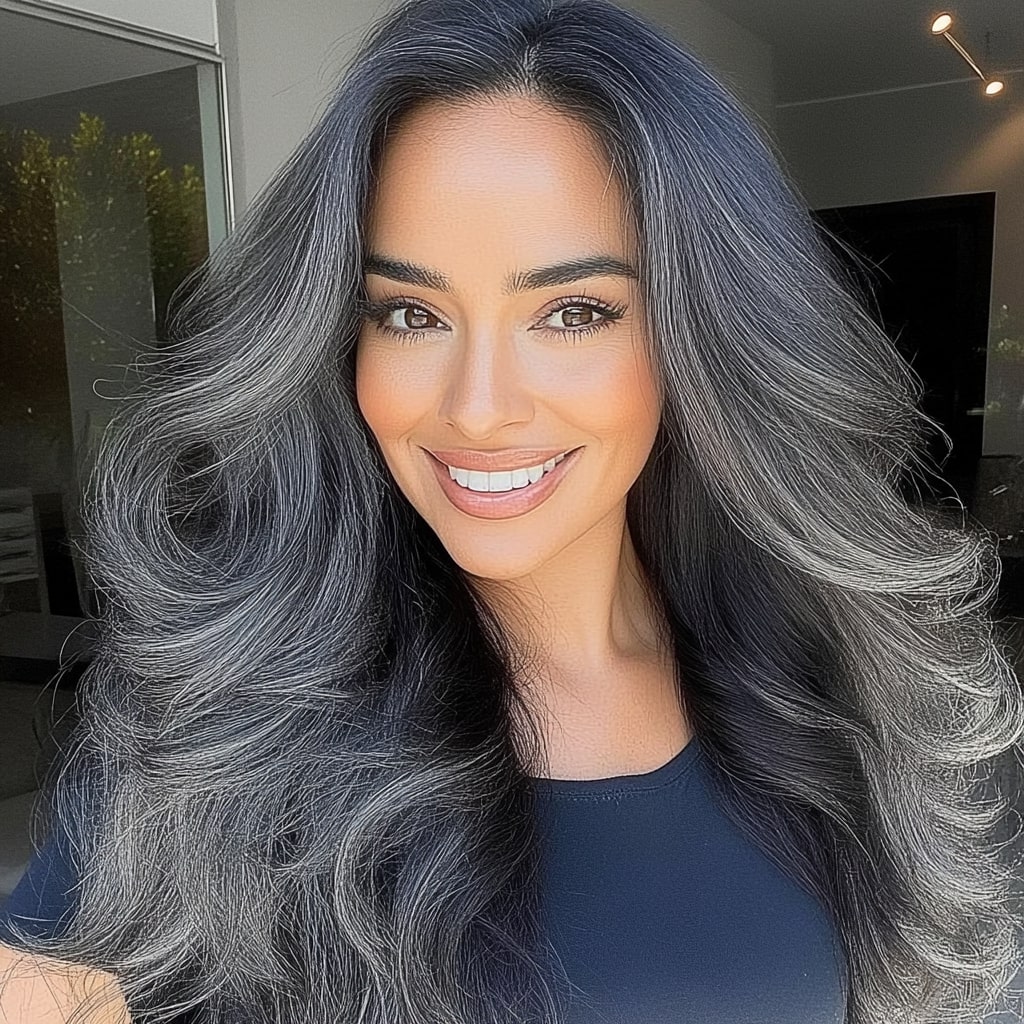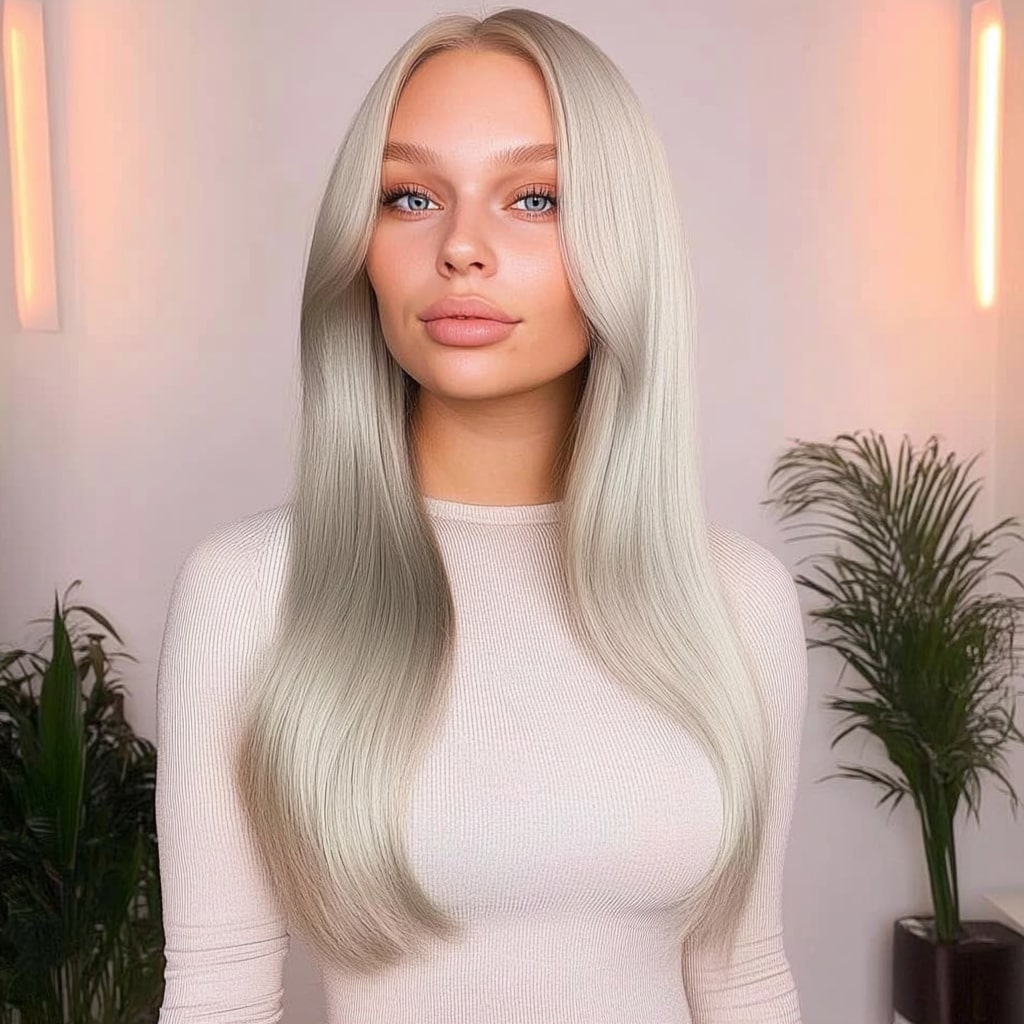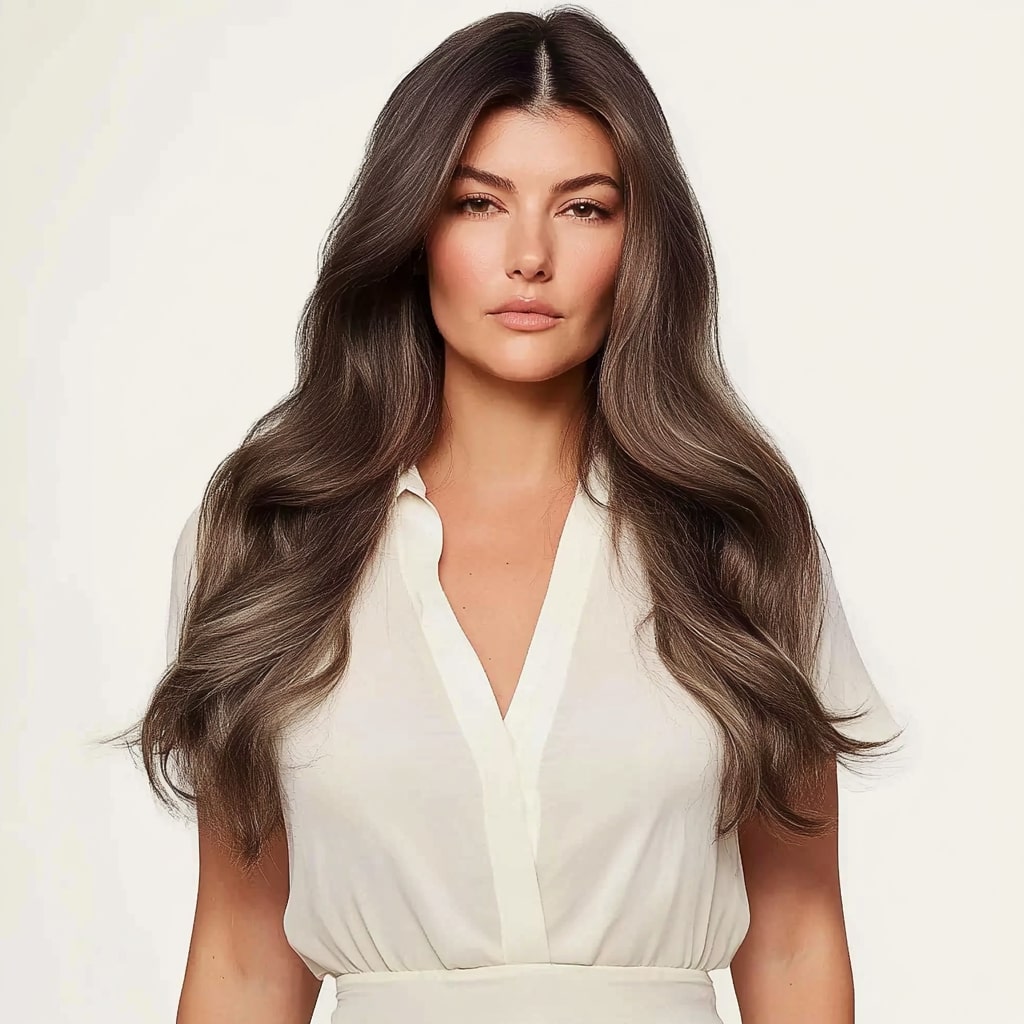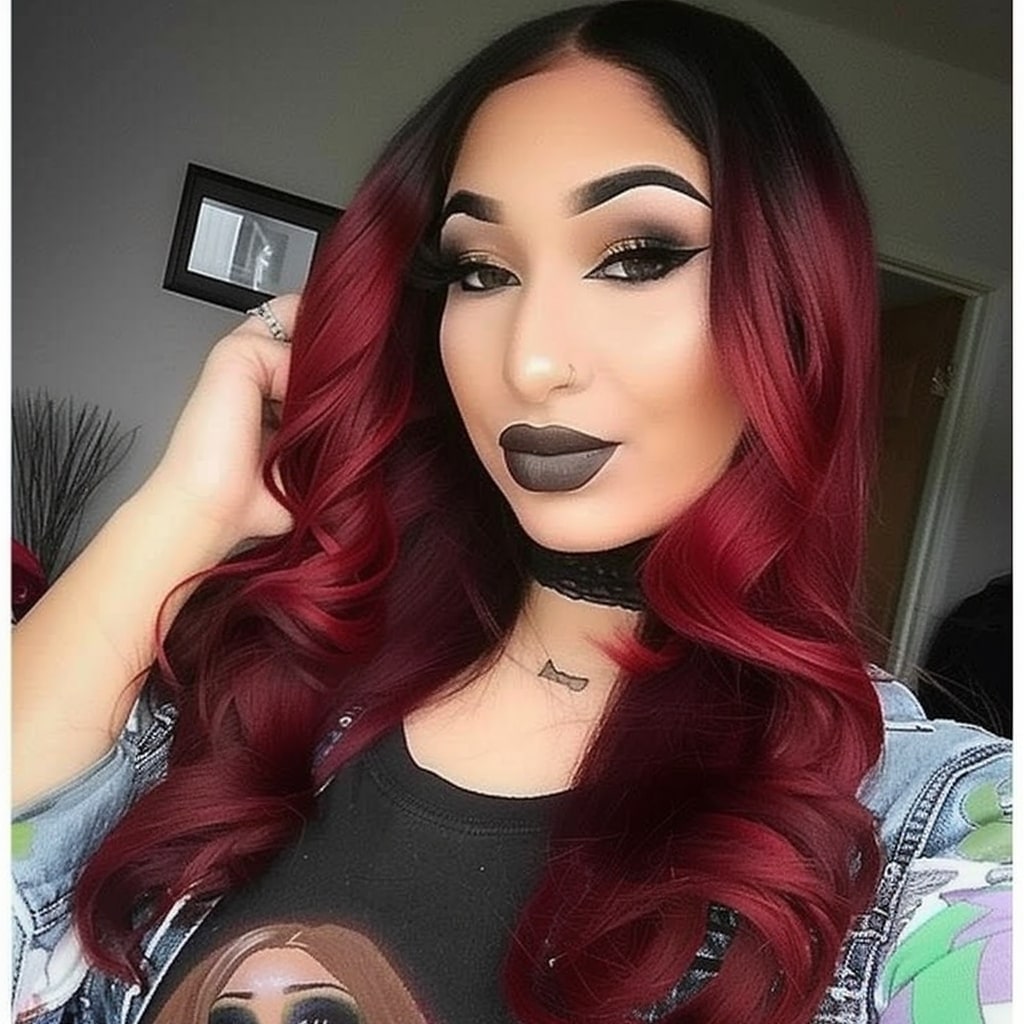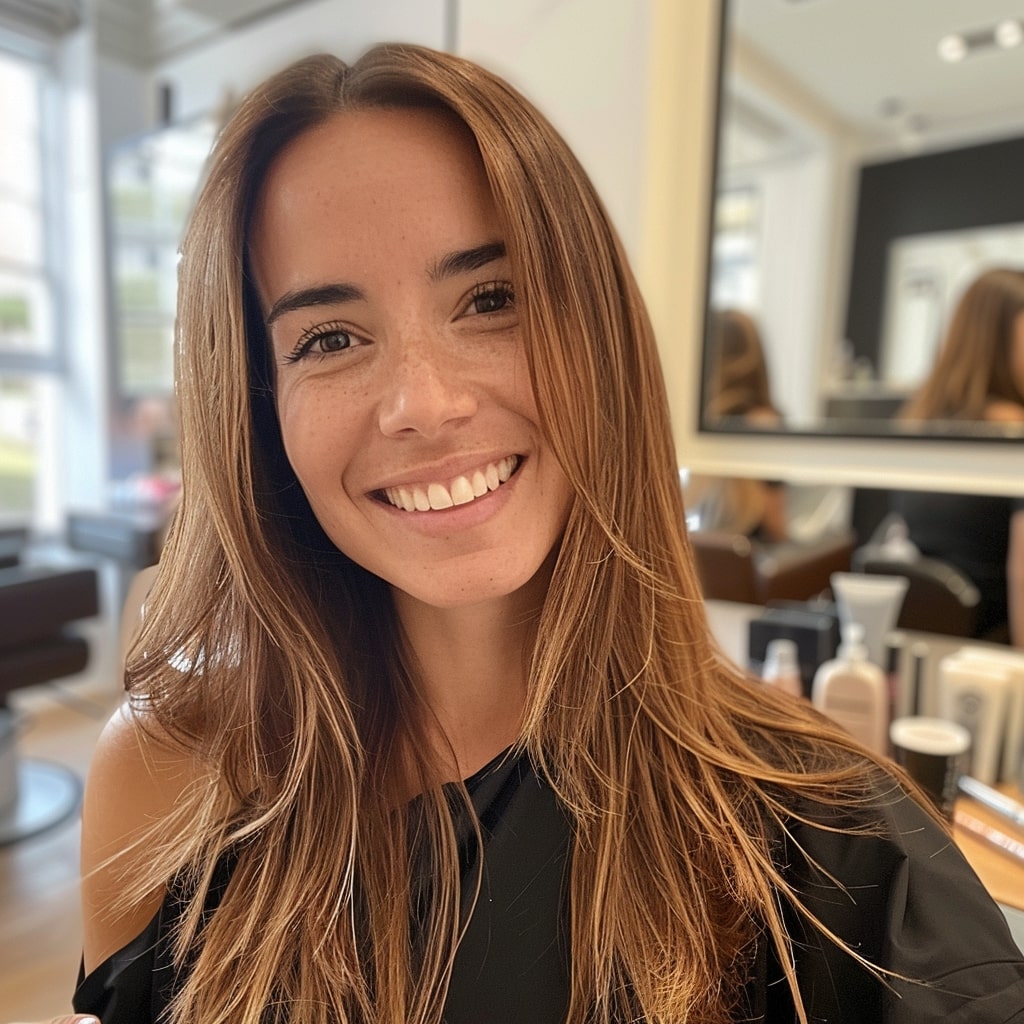My Clip-In Extensions Hurt: Tips for Pain-Free Wear
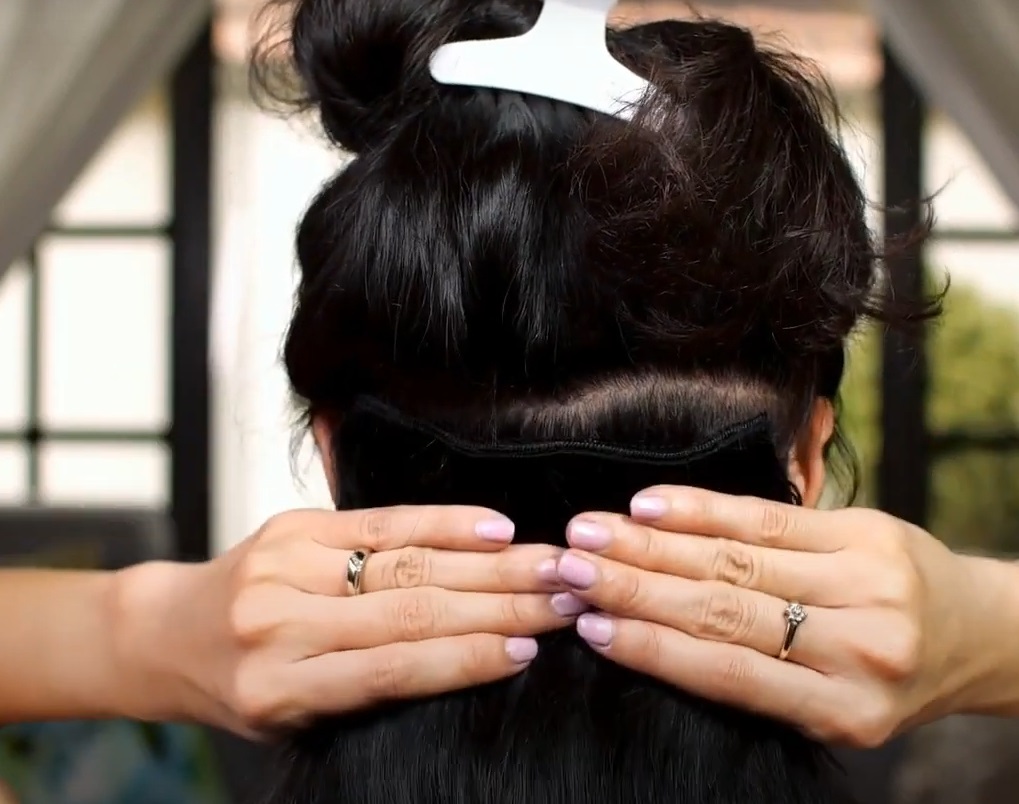
Do your clip-in hair extensions hurt? You’re not alone. Many people wear clip-in hair extensions to enhance their natural locks, but sometimes, they can cause discomfort. Adjusting how you wear these extensions can help minimize the pain and protect your hair.
Wearing clip-in extensions the right way is key to avoiding discomfort. It’s important to minimize the tension on your natural hair. Simple techniques like gentle back-combing and using texture spray can create a cushion that eases the stress on your roots.
Poorly handled clip-in extensions can lead to damage over time, especially if they're heavy or worn daily. Learning how to properly apply and remove them, as well as taking breaks to let your hair rest, can make a big difference in maintaining healthy hair.
Key Takeaways
- Proper application reduces discomfort and protects hair.
- Gentle back-combing and texture spray can ease tension.
- Heavy or frequent use can lead to damage; apply carefully.
Understanding Clip-In Extensions
Clip-in extensions are a popular choice for adding volume and length to your hair without long-term commitment. They are easy to use and come in various types, each with its own benefits.
Types of Hair Extensions
Clip-In Extensions: These are the most user-friendly options. They consist of wefts of hair attached to small clips, making them easy to install and remove without professional help.
Tape-In Extensions: These extensions use adhesive tape to attach sections of hair to your natural hair. They are less bulky than clip-ins but require a more involved installation process.
Fusion Extensions: Fusion extensions involve bonding individual hair strands to your natural hair using a special adhesive. They offer a natural look but require professional installation.
Micro Bead Extensions: These use small metal beads to attach extensions to your hair. They are less damaging than fusion methods but still require expert application.
Halo Hair Extensions: These extensions are secured using a thin, invisible wire that sits on top of your head. They are quick to apply and remove but may not be as secure as other types.
Benefits of Clip-In Extensions
Easy Application: Clip-in extensions can be applied and removed quickly without needing a salon. This makes them ideal for special occasions or a temporary change.
Non-Damaging: Properly applied clip-ins cause minimal damage. They don't require adhesive or heat, making them a safer option for your natural hair.
Versatility: You can use clip-ins to add length, volume, or highlights without making permanent changes to your hair. They are available in various styles and colours to match your look.
Cost-Effective: Compared to other types of extensions, clip-ins are generally more affordable and reusable, offering a good return on investment.
Clip-in extensions offer a convenient and flexible way to enhance your hairstyle. With various types available, they cater to different needs and preferences.
Causes of Discomfort
Clip-in hair extensions can sometimes cause discomfort due to various factors. These include tension on the scalp, the weight of the extensions, and improper installation.
Tension and Strain on the Scalp
One major cause of discomfort from clip-in extensions is tension and strain on the scalp. This happens when the clips create pressure points on the head. If the extensions are too tight or placed too close to the roots, they can cause the scalp to feel sore. This can make the scalp feel irritated. To avoid this, it’s essential to ensure that the extensions are gently attached without pulling on the hair too much. Using smaller clips can help with distributing the tension more evenly.
Weight of the Extensions
The weight of the extensions can also lead to discomfort. If the extensions are heavy, they can pull on the natural hair, making the scalp feel strained. People with a sensitive scalp might find this particularly bothersome. To minimize this, choose lighter extensions. It’s also a good idea to start with fewer wefts and gradually add more. This allows the scalp to adjust and reduces the immediate strain.
Inappropriate Installation
Inappropriate installation of clip-in extensions is another common issue. If the extensions are not installed correctly, they can tug on the natural hair and cause pain. For example, if clips are fastened too tightly or placed unevenly, this can create pressure points. It’s important to follow the guidelines for proper installation to avoid these problems. Additionally, seeking help from a professional might be beneficial. They can ensure the extensions are applied in a way that minimizes discomfort. A secure and even installation is key to preventing pain and strain.
Preventing and Addressing Pain
When clip-in extensions hurt, it can stem from various factors, including poor selection, incorrect installation, and the need for adjustments for comfort. Here are some practical steps to help prevent and address the discomfort.
Correct Clip-In Selection
Selecting the right clip-in extensions is essential to avoiding pain.
First, consider the weight of the extensions. Heavier extensions can pull on your roots and cause tension headaches. Look for extensions made from lightweight materials.
Another key factor is the type of clip. Clips with a silicone insert provide a better grip without slipping, reducing the tension on your scalp.
Make sure the extensions are compatible with your natural hair type. Extensions that match your hair's texture and density will blend more smoothly and evenly, reducing strain on any einzel root.
Proper Installation Techniques
Proper installation can prevent pain and ensure a more comfortable experience.
Section your hair properly. By dividing your hair into small, manageable sections, you can ensure each clip is evenly distributed, reducing stress on your hair and scalp.
Back-comb gently and use a little texture spray. This helps create a cushion between the clip and your roots, preventing direct traction that can cause pain.
Avoid attaching extensions too close to the scalp. Clipping too close creates tension that can lead to discomfort. Instead, leave a small gap to accommodate natural movement.
Adjusting for Comfort and Fit
Adjusting the extensions is crucial to maintaining comfort over long periods.
Start by using fewer wefts and gradually increase as your scalp adjusts. This method helps your scalp get used to the additional weight slowly.
Position the clips further from the roots. This step can alleviate tension and prevent tightness that might lead to headaches.
Regularly check for any signs of damage. Pay attention to how your scalp and hair feel. If you notice pain or pressure, reposition the extensions immediately to avoid long-term issues.
Weekly treatments with nourishing oils like coconut can also help. Massaging the scalp with oils can alleviate any built-up tension and maintain healthy hair.
Potential Damages from Clip-Ins
Clip-in hair extensions can offer a quick solution for adding length or volume. However, they can also cause several types of damage if not used properly, such as hair loss, breakage, and traction alopecia. Knowing the risks and alternatives can help minimize these issues.
Hair Loss and Breakage
Hair loss and breakage are common problems with clip-in extensions. Clips can pull on natural hair, especially if they are attached too tightly or if the extensions are heavy. This tension can cause hair to weaken and break. Over time, repeated use can lead to noticeable hair loss.
Proper attachment is crucial. It's important to gently back-comb the roots and use a texture spray to create a cushion. This reduces the stress on your hair. Using high-quality extensions that are not overly heavy can also help.
Traction Alopecia
Traction alopecia occurs when hair is repeatedly pulled, causing stress on the follicles. Clip-in extensions can contribute to this condition, particularly when worn daily. The constant pulling can damage hair follicles, leading to thinning or bald spots on the scalp.
To prevent traction alopecia, it's essential to avoid wearing extensions every day. Giving your hair regular breaks can reduce the risk. Additionally, it's important to ensure the clips are not too tight and do not cause discomfort. Regularly checking for any signs of thinning or hair loss around the clips can also be beneficial.
Alternatives to Avoid Damage
Using alternatives to clip-in extensions can help prevent damage. Tape-in extensions, for example, are lighter and spread the weight more evenly, reducing stress on natural hair. Halo extensions are another option; they rest on the head rather than attaching directly to hair, minimizing pulling.
A regular hair care routine that includes nourishing treatments can also support healthy hair. Limiting the use of heat styling tools and using gentle, sulphate-free shampoos can help maintain the strength and integrity of your hair. Exploring these alternatives and practices can prevent damage while still achieving the desired look.
Maintenance and Hair Care
Proper maintenance and hair care are vital for keeping clip-in extensions looking fresh and for preventing discomfort. A good routine will ensure the longevity of the extensions and the health of your natural hair.
Routine Cleaning and Storage
Regular cleaning is essential for clip-in extensions. It helps remove product build-up and maintains the hair texture. To clean extensions, place them in lukewarm water, avoiding hot or cold water, to prevent damage. Use a gentle, sulfate-free shampoo, followed by a moisturizing conditioner.
After washing, avoid twisting or wringing the hair. Instead, lay the extensions on a microfiber towel, roll them up, and press to remove excess water. Store them in a dry place, away from direct sunlight, to preserve their quality. A box or a silk bag can keep them in good condition when not in use.
Hair Care Products for Extensions
Using the right products is crucial. Opt for a sulfate-free moisturizing shampoo and conditioner to protect the hair from dryness. A wide-tooth comb or a flexible brush will help detangle without causing breakage. In addition, a light leave-in conditioner can keep the hair soft and manageable.
Avoid using heavy oils or products with alcohol, as these can weigh down or dry out the extensions. A heat protectant should be applied before using any hot tools. This will prevent heat damage and ensure the extensions remain looking their best for longer.
Regular Consultations with a Hairstylist
Consulting with a hairstylist on a regular basis can prevent damage and discomfort from clip-in extensions. A professional can provide tips on proper application and removal. They can also suggest suitable hair care products and treatments tailored to the type of extensions you have.
Routine visits for trimming the ends of the extensions will keep them looking neat and prevent split ends. Additionally, a hairstylist can check the health of your natural hair and scalp, ensuring that the extensions are not causing any adverse effects. Regular check-ins help maintain the overall health and appearance of both the extensions and your natural hair.
Enhancing Your Style
Clip-in hair extensions can significantly change your look by adding length, volume, and style options. They are versatile and can be used for a variety of hairstyles.
Adding Length and Volume
Clip-in hair extensions are a great way to add instant length and volume to your hair. They can transform short or thin hair into long and lush locks within minutes. This is particularly useful for people who have trouble growing their hair to a desired length. Clip-ins can add fullness, making your hair look thicker and healthier.
These extensions come in different lengths and colours, allowing you to match your natural hair or experiment with highlights. You can add volume by using multiple wefts, strategically placing them throughout your hair. Proper placement is important to ensure they blend seamlessly with your natural hair.
Styling with Clip-Ins
Clip-in extensions offer endless styling possibilities. You can create high ponytails, braids, or even updos without worrying about the extensions showing. This added versatility lets you experiment with different looks that might not be possible with natural hair alone.
For sleek styles, ensure the clips are close to the scalp and secure. Teasing the roots a bit can help anchor the clips and add extra volume. For a natural look, align the hair extensions with your part and blend them properly. You can also get extensions that match your hair type, whether it's curly, wavy, or straight, ensuring a seamless integration.
Experimenting with clip-ins allows for creativity and adaptability, making them a valuable tool in enhancing your style.
Advanced Tips and Tricks
To make clip-in extensions more comfortable and cost-efficient, consider customizing them and focusing on long-term usage.
Customizing Your Clip-In Extensions
Customizing your clip-in extensions can help make them more comfortable and blend better with your natural hair. Start by trimming the extensions to match the length and layers of your hair. This ensures a smooth and natural look.
Assess the quality of the extensions regularly. Higher-quality extensions tend to be softer and less likely to cause discomfort. Investing in good-quality extensions can save you money in the long run, as they are often more durable and reusable.
Pay special attention to where you place the clips. Avoid areas with sensitive hair follicles or where the hair is thin, as this can cause pain. Set the clips in areas where the hair is stronger to minimize pulling and pain.
Long-Term Usage and Cost Efficiency
For long-term usage, proper care is essential. Whenever you remove the extensions, clean them thoroughly to maintain their quality. Use a gentle shampoo and conditioner to keep the extensions soft and smooth.
Cost efficiency is another key aspect. By taking proper care of your extensions, you can extend their lifespan, making them more reusable. This way, you won't need to purchase new extensions frequently, saving money.
When not in use, store your clip-in extensions properly. Keep them in a cool, dry place, preferably in the original packaging or a special extension holder. This prevents tangling and damage, ensuring they last longer and grow with you over time.
In brief, customizing your clip-ins for comfort and focusing on proper care for longevity and cost-saving can greatly enhance your experience with hair extensions.
Frequently Asked Questions
When wearing clip-in extensions, many people experience pain and discomfort. Below are specific questions and answers to help alleviate and prevent this issue.
How can I alleviate pain after wearing clip-in extensions for a week?
To ease pain, remove the extensions and gently massage your scalp. Applying a warm compress can also reduce tension. Using a soothing scalp treatment or oil can help nourish and relax the scalp.
What are the ways to sleep comfortably with clip-in hair extensions?
Removing clip-in extensions before bedtime is the best option. If this is not possible, use a silk or satin pillowcase to reduce friction. Secure hair in a loose braid or ponytail to prevent tangling and pulling.
How long is it typically before hair extensions stop causing discomfort?
For most, discomfort should lessen within a few days to a week. If pain persists beyond this period, it may indicate incorrect application or unsuitable extensions. Always consult with a hairstylist if discomfort continues.
What are considered the least painful types of hair extensions?
Halo extensions and tape-in extensions are often noted for being less painful. These types distribute weight more evenly and do not tug on the hair as much as clip-ins can. Always choose extensions that are lightweight and of good quality.
What methods exist to prevent clip-in hair extensions from hurting?
To prevent pain, ensure extensions are not too tight. Gently tease the root area where clips will attach and use a bit of texture spray for cushioning. Position clips in different areas each time to avoid constant pressure on the same spots.
Is it common to experience pain with new hair extensions?
Yes, it's common to feel some discomfort initially as the scalp adapts to the added weight and tension. This should improve with proper care and adjustments. Always monitor for any severe or persistent pain to avoid damage to your natural hair.

 My Store Credit
My Store Credit
 Buy Again
Buy Again
